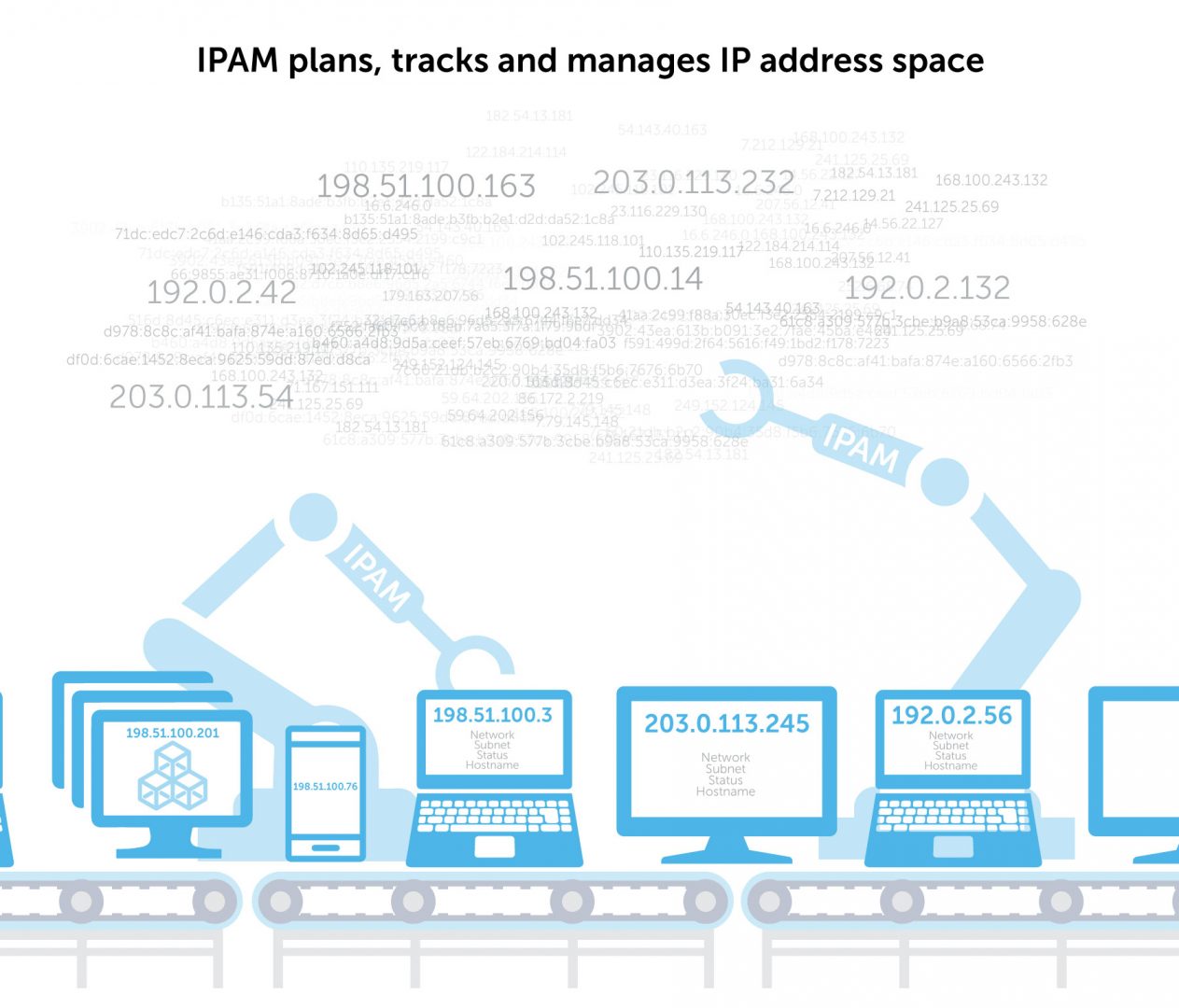Your IP address spreadsheet: A network menace
Are you still using a spreadsheet to manage IP addresses? IPAM is the only way to achieve secure, transparent, and efficient network management.

Are you still using an IP address spreadsheet to manage all the IP addresses on your network?
Gambling with spreadsheets to manage core business functions can be a risky threat—and even catastrophic. When it comes to IP address management, Excel spreadsheets were never intended to manage network infrastructure.
Replacing spreadsheets for IP address management (IPAM) is the only way to achieve secure, transparent, and efficient network management. Leave the administrative headaches of managing by spreadsheet behind.
In this post, we’ll delve into the limitations of doing DNS (and specifically IP management) by spreadsheet. After that, we’ll discuss when you should abandon the approach. Finally, we’ll touch on the benefits of investing in an IPAM enterprise tool.
The perils of your IP address spreadsheet
There are many examples of why spreadsheets shouldn’t be used to manage complex, technical tasks. One retrospective of the top spreadsheet errors of the decade might make you wince. They include overselling 10,000 seats at the 2012 Olympics in London and overstating the price of Tibco Software by $100 million.
The trouble with spreadsheets for IPAM in particular
IP address management is, by definition, a complex and difficult task. Why would you use a spreadsheet to handle such a high-risk system on your network? Maybe some of these troubling scenarios sound familiar:
- A DNS admin fat-fingers a change to a spreadsheet. And that change doesn’t match up to what’s reflected in DNS configurations. Subsequently, the network goes down.
- Multiple DNS admins in different geographic regions are constantly changing IP address assignments. As a result, they’re trying to update the same spreadsheet at the same time. Or they are using parallel spreadsheets that don’t interact with one another.
- Access control gets sticky. Do you open spreadsheets up to non-admins? More people would be able to change things but would bear no responsibility when something goes wrong. Or do you strictly limit access to a few people, which hinders your ability to do things quickly?
- You’re doing things at scale, in the cloud, across multiple locations and complicated architectures. Spreadsheets get very difficult to manage. They can’t represent intricate systems or show complex information, like forwarding rules, in an accessible manner.
- You want to stand up and tear down IP addresses quickly for testing new software iterations. Or you want to create temporary zones for a development push. That’s slow and cumbersome to do with spreadsheets.
The DNS nuclear football
One of our customers called their IP address management spreadsheet the “nuclear football”. Only a small number of DNS admins had access to it. They would hand off its management as workdays started and ended around the globe. And they knew that accidentally deleting data in those spreadsheets—or even losing the files altogether—would take their network down.
When to get rid of your IP address spreadsheet
For small systems in a single geographic location without a lot of IP addresses to manage, using a spreadsheet as your IP address tracker may work just fine. However, it can quickly get out of hand as your network grows.
Relying on a homegrown IP address allocation spreadsheet template can pose serious problems when your organization has multiple geographic locations and a distributed DNS model. For example, they’re particularly problematic when your IP network is expanding. Or when you have numerous devices with unique MAC addresses constantly joining and leaving the network.
It seems like a no-brainer to replace spreadsheets with enterprise application solutions in areas like HR or finance. So, why not the same for a far more complicated and high-risk system such as IPAM?

The benefits of an IPAM solution over your IP address spreadsheet
Implement an IPAM solution as part of your larger DDI infrastructure, and you’ll quickly see the benefits.
- Consolidated view of your network. With all IP addresses in a central repository, you can see your entire network in one place.
- Faster service for end-users. Automating IPAM drastically reduces the time to provision IP address spaces, even with increased scale.
- Improved network security. Seeing your DNS data regularly helps you to detect abnormal behavior and take corrective action quickly.
- Enhanced operational efficiency. Automating IPAM saves admin time and brainpower for more important work.




